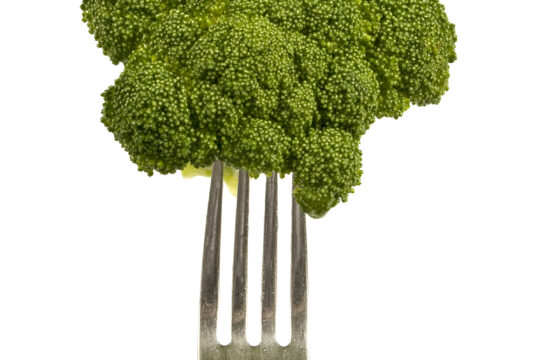Welcome to my blog post about how to stick to a diet plan without feeling deprived or overwhelmed. If you’ve ever tried to lose weight before, then you know that it can be challenging to stay on track with your diet. It’s common to feel deprived or overwhelmed when restricting certain food groups or counting calories. However, there are ways to make the process easier and more sustainable. In this article, I will share tips for planning meals, understanding portion sizes, eating out, dealing with cravings, and maintaining motivation. Let’s get started!
Introduction: Why Feeling Deprived or Overwhelmed Happens on a Diet and How to Avoid It
When starting a new diet, it’s normal to feel like you’re missing out on some of your favorite foods. You may also feel overwhelmed by all the rules and restrictions that come along with dieting. To avoid these feelings, try to focus on the positive aspects of your diet. Think about why you want to lose weight and what benefits it will bring to your health and well-being. Also, remember that moderation is key. You don’t have to completely eliminate certain foods from your diet; instead, aim to balance them with healthier choices.
Section Title 2: The Importance of Planning Your Meals and Snacks
One of the best ways to stick to a diet is to plan your meals and snacks in advance. This helps you stay organized and ensures that you always have healthy options available. Start by creating a weekly meal plan and grocery list. Make sure to include a variety of nutritious foods such as fruits, vegetables, lean proteins, whole grains, and healthy fats. Don’t forget to account for snacks too! Packaging small portions of nuts, fruit, or veggies and hummus can help keep hunger pangs at bay between meals.
Section Title 3: Understanding Portion Sizes and the Role They Play in Weight Loss
Portion control is essential when trying to lose weight. Many people underestimate the amount of food they eat, which can lead to consuming more calories than needed. Use smaller plates, bowls, and utensils to help control portions. Additionally, measure out servings of protein, carbs, and fat to ensure you’re not going overboard. For example, one serving of meat should be the size of a deck of cards, while one serving of pasta should be the size of a tennis ball.
Section Title 4: Tips for Staying on Track with Your Diet While Eating Out
Eating out can be tricky when following a diet, but it’s possible to make healthier choices even at restaurants. First, look up menus online ahead of time so you can choose a restaurant that offers healthier options. Then, opt for grilled or baked dishes instead of fried, and ask for dressings and sauces on the side. Finally, split an entree with a friend or take half home for later.
Section Title 5: How to Deal With Cravings and Hunger Pangs Without Giving Up On Your Diet
Craving something sweet? Instead of reaching for ice cream, try frozen grapes or dark chocolate with almonds. Craving salty snacks? Try roasted chickpeas or air-popped popcorn seasoned with herbs and spices. When it comes to hunger pangs, try drinking water or having a piece of fresh fruit to tide you over until your next meal. Remember, it’s okay to indulge occasionally as long as you’re mindful of portions and frequency.
Conclusion: Maintaining Motivation and Setting Realistic Goals for Long-Term Success
To maintain motivation and achieve long-term success, set realistic goals for yourself. Focus on making gradual changes rather than drastic ones, and celebrate small victories along the way. Find supportive friends or family members who can offer encouragement and accountability. Most importantly, remind yourself of why you wanted to start this journey in the first place, and visualize how achieving your goal will improve your life. Good luck!








